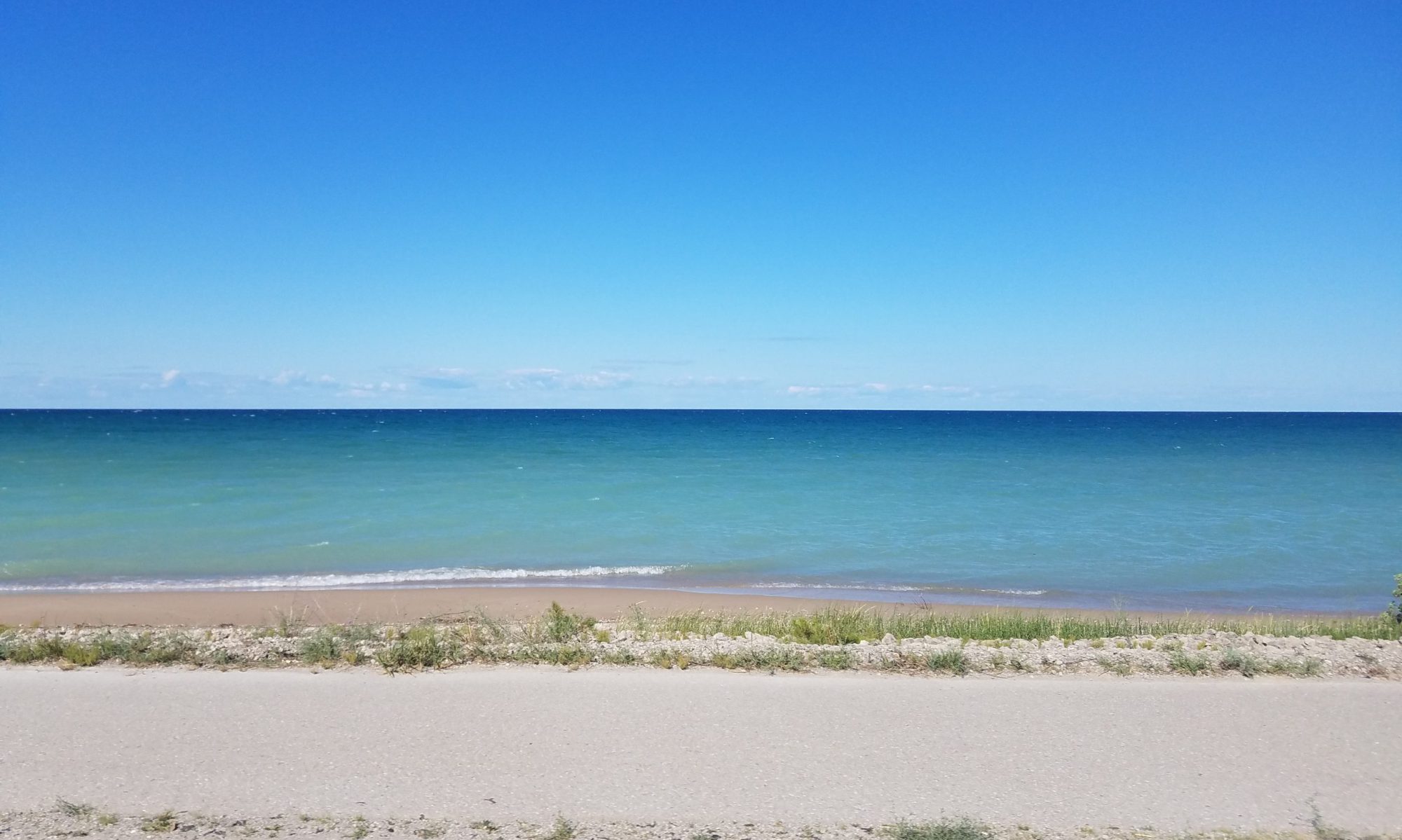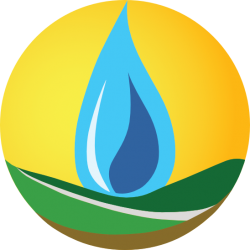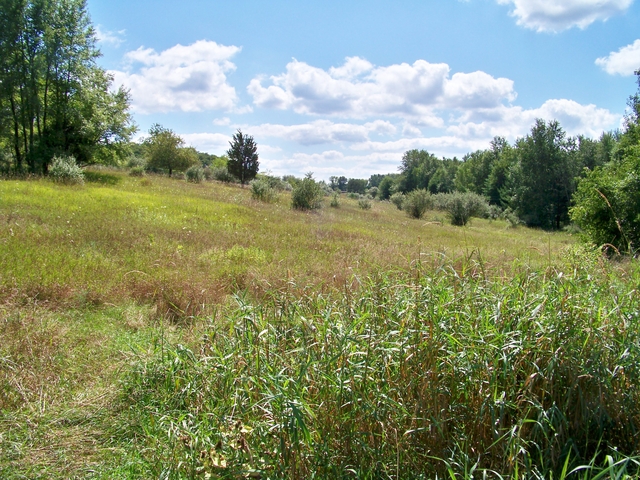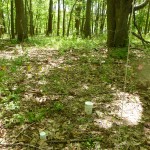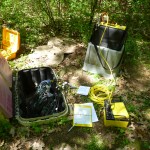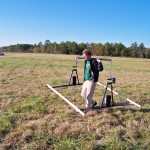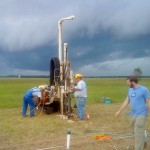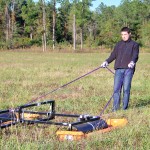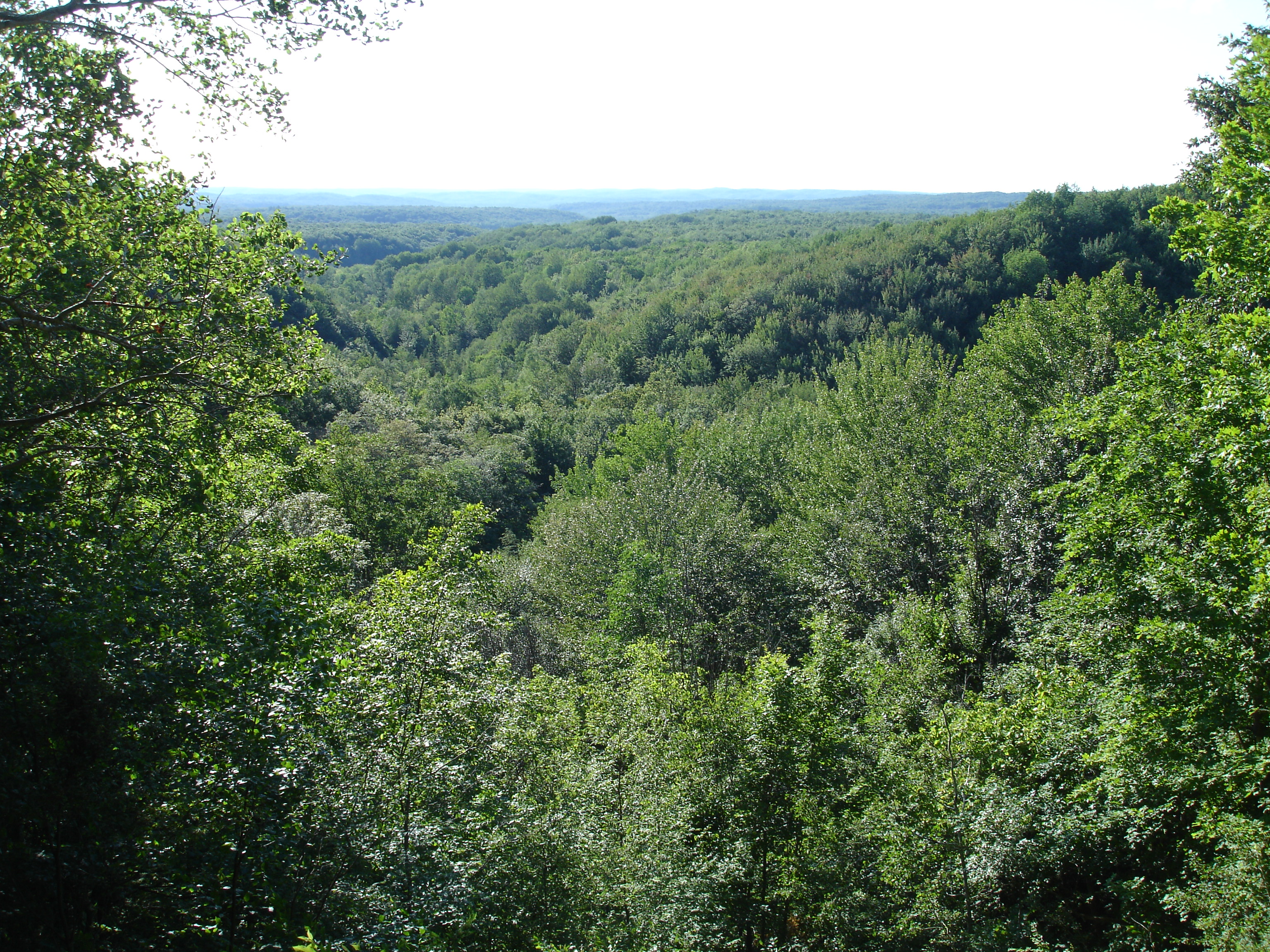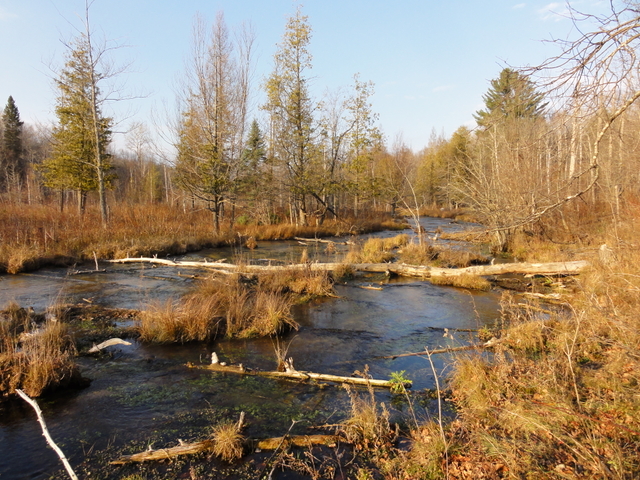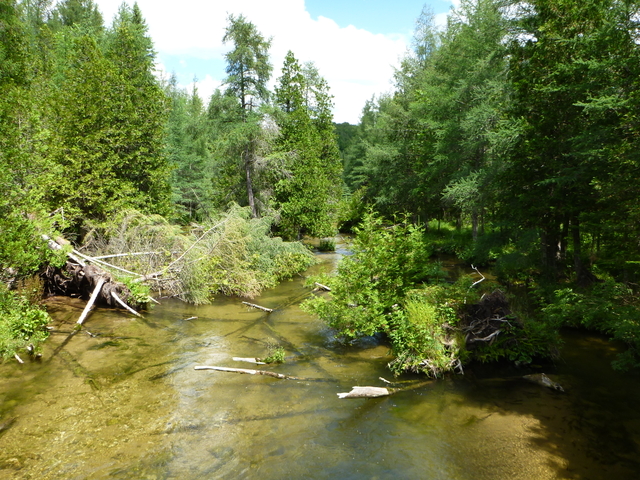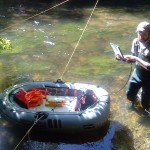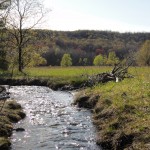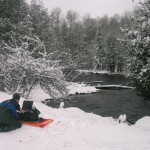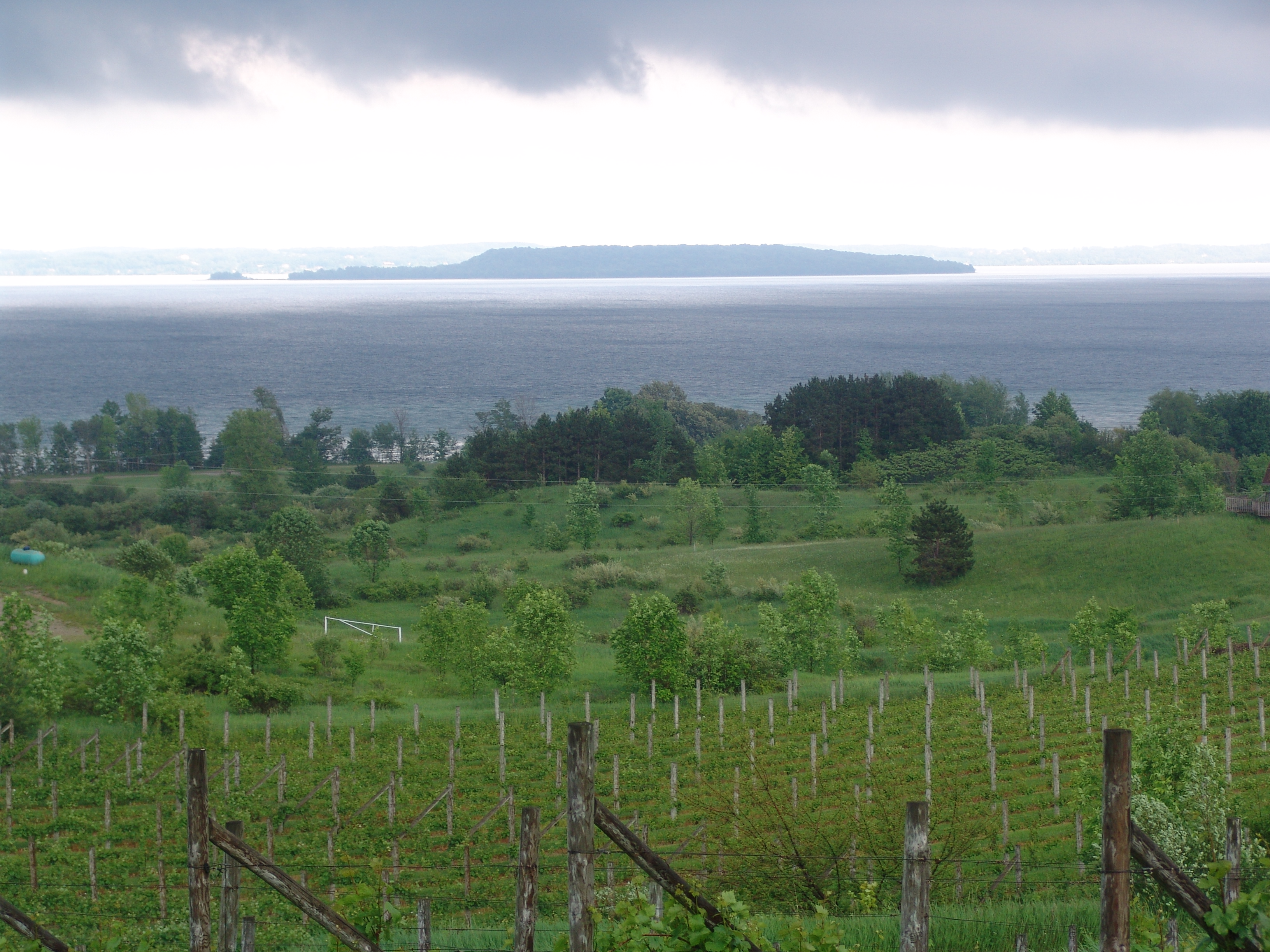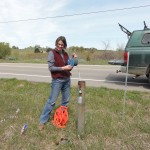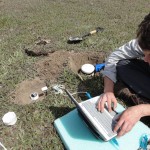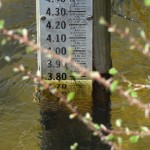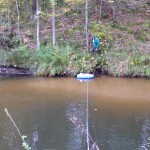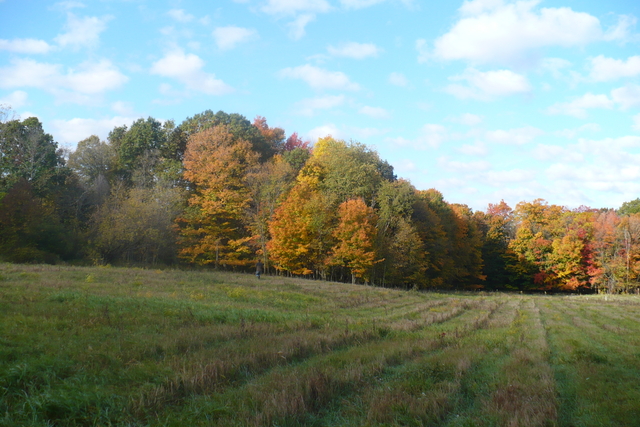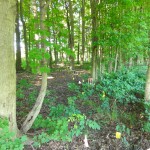Located on Kellogg Biological Station property, our aptly named “transition” site spans an ecotone that progresses from mature forest to young forest, shrub, and grass over a distance of 200m. It has been permanently instrumented with an array of electrodes for electrical resistivity (ER) surveys, as well as temperature and soil moisture probes. This site was created as part of an effort to understand how land use change impacts soil moisture distribution in the near surface. It is closely related to two of our other active study sites, Sandhill and GLBRC.
We would like to to thank the National Science Foundation for funding this research.
